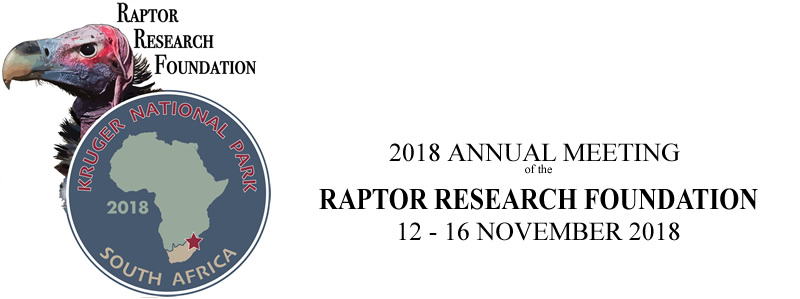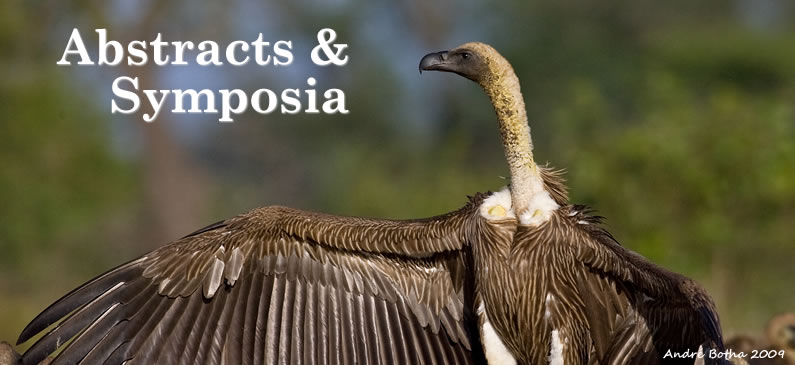IMPORTANT DATES & LINKS
Click here to download the Call for Symposia
Submission Opens: Friday, 23 February 2018
Submission Closes: Monday, 30 April 2018
Click here to download the Call for Papers
Submission Opens: Friday, 23 February 2018
Submission Closes: Tuesday, 31 July 2018
SYMPOSIA
1. Conservation and Management of Raptors on Overhead Electric Systems
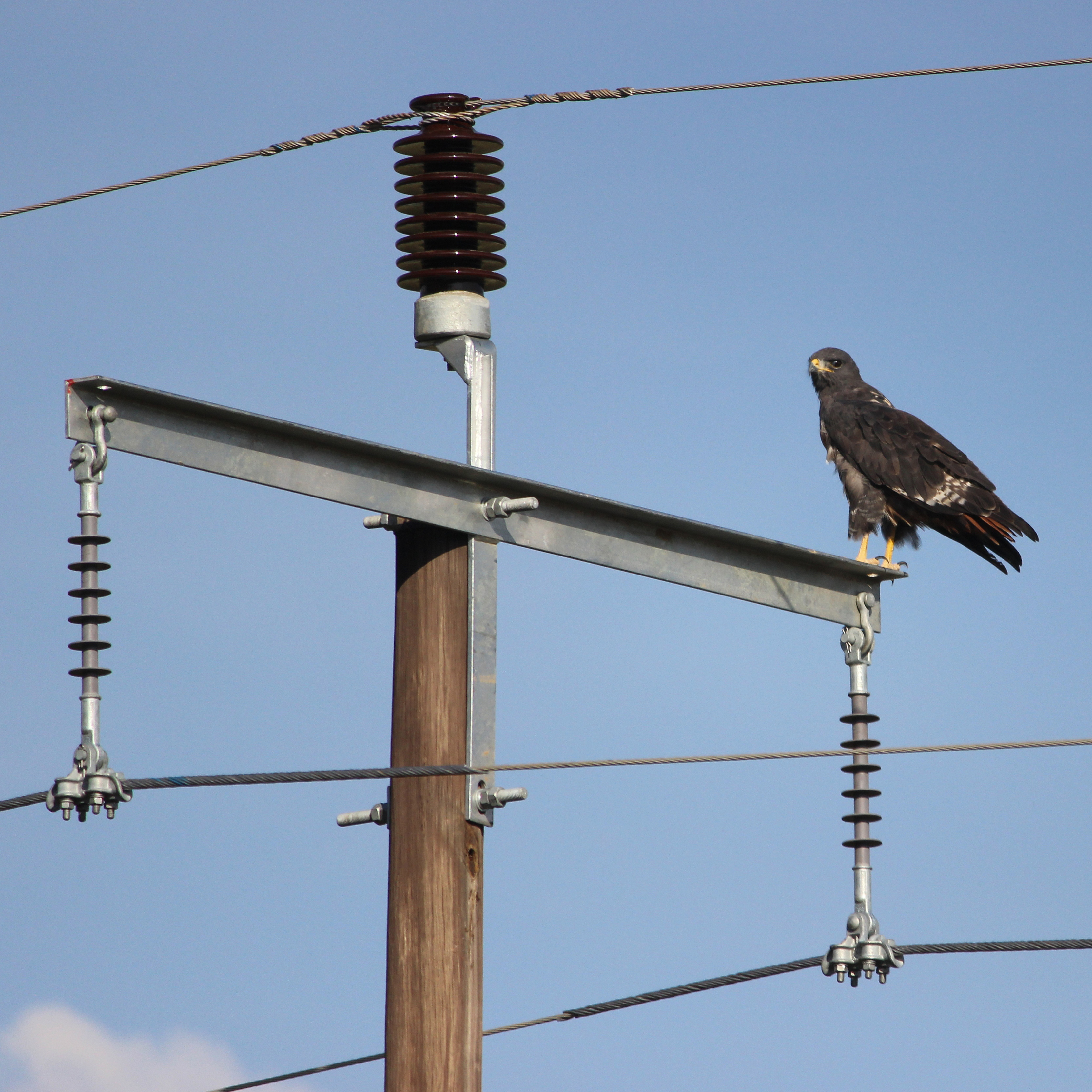
Electrocution on overhead electric systems is one of the primary causes of direct anthropogenic mortality to raptors, affecting a wide variety of species across size continents, with documented population-level effects contributing to the endangerment of some species. Collisions with suspended wires and negative interactions with renewable energy infrastructure also cause raptor mortalities. Raptor electrocution is also relatively easily prevented through modification of overhead electric systems, if those modifications are carried out correctly and thoroughly. Collisions and interactions with renewables also can be managed. This one day symposium will include reports of recent scientific studies and analyses focused on conservation and management of raptors on overhead electric systems from around the globe, so all attendees may benefit from advances in mitigation strategies employed across disparate electric systems.
2. Filling Knowledge Gaps in the Conservation of Old World Vultures
Co-chairs:
Andre Botha, andreb@ewt.org.za
Keith Bildstein, bildstein@hawkmtn.org
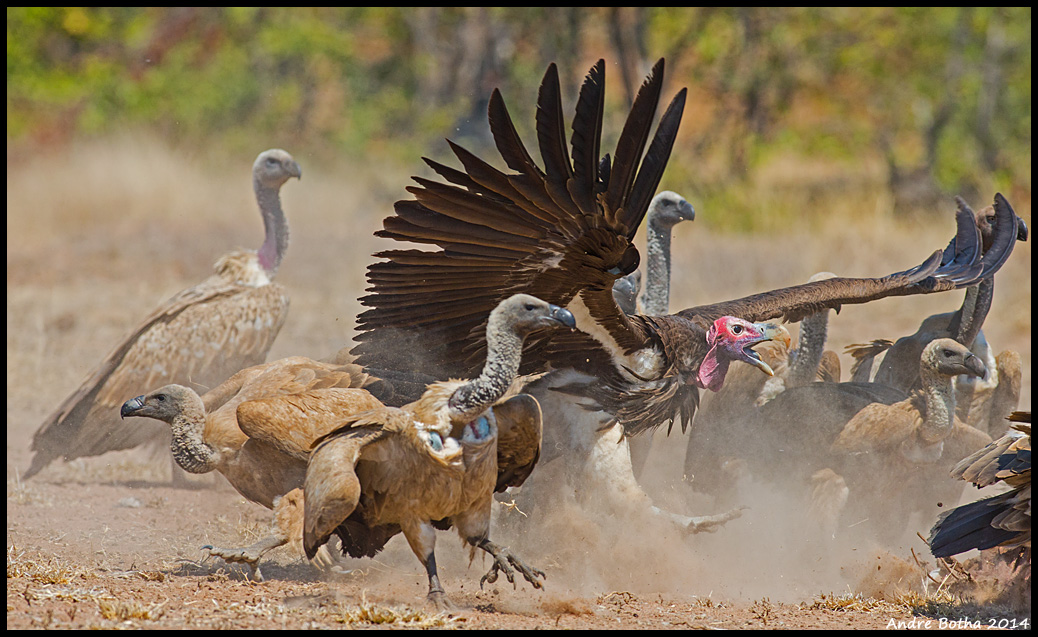
The CMS Multi-species Action Plan to Conserve African-Eurasian Vultures (Vulture MsAP) aims to rapidly halt current population declines in all the 15 African-Eurasian vulture species. The Vulture MsAP has identified a range of knowledge gaps in terms of vultures and the threats that impact their populations across the range, especially in Africa. This one day symposium will invite presentations from delegates across the MsAP range and beyond to report on work that contributes towards filling these knowledge gaps, address pertinent threats and support the successful implementation of the Vulture MsAP.
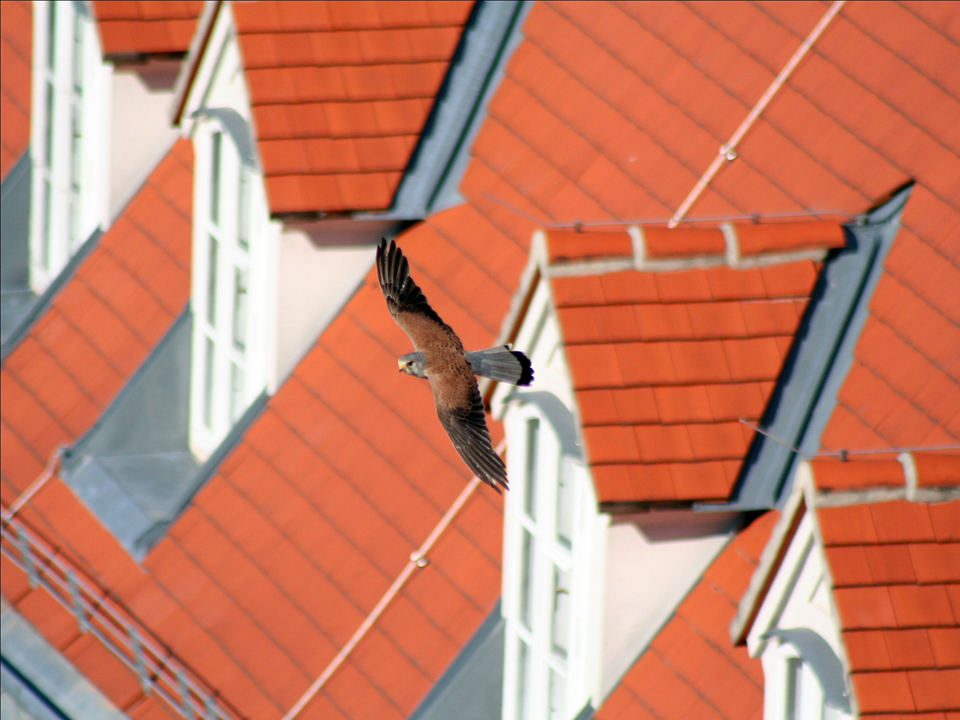
Urban Eurasian Kestrel in Vienna, Austria. Picture by Heinrich Frötscher
3. Urban raptors: Understanding the response of avian predators to global urbanization
Chair:
Petra Sumasgutner, petra.sumasgutner@univie.ac.at

Urban Eurasian Kestrel in Vienna, Austria. Picture by Heinrich Frötscher
With the majority of the world’s human population now living in urban areas, the impact of urbanization on
biodiversity continues to grow. Wildlife populations in urban areas may be affected by habitat loss and
fragmentation, altered biogeochemical cycles and the introduction of novel urban stressors such as light,
noise and air pollution, nutritional changes, disease transmissions and the introduction of predators like
domestic pets. However, some adaptable species, including raptors, are able to make use of abundant
resources in a city, but there might be hidden costs of urban living which could undermine their long-term
health and persistence in an urban environment. Declines in raptors and other apex predators are
contributing to the global biodiversity-loss crisis, as apex predators can have cascading effects at the
ecosystem level. With these issues in mind, this symposium will focus on understanding the mechanisms
underlying the response of avian predators to global urbanization, from individual behavior to population
dynamics and large-scale spatial distribution. Given the current biodiversity crisis, there is an urgent need to
understanding the key factors driving species abundance and distribution at large-scales.
4. How the Social Sciences are Adding Value to African Vulture Conservation
Chair:
Dr. Jen Shaffer, lshaffe1@umd.edu
The
U.S. National Science Foundation formed the National Socio-environmental
Synthesis Center (SESYNC) to convene teams of social and environmental
scientists to produce actionable conservation measures.A current project entitled "Saving
Africa's Vultures" has been formed with members from Kenya, South Africa,
and the U.S. who are working on value added tools for vulture conservation in
Africa.This symposium is proposed
to introduce raptor researchers to new tools and viewpoints from the social and
environmental sciences, based on our current work in our SESYNC group.Talks will focus on wildlife trafficking and
poaching, conservation ethics, use of vulture parts in belief systems, the
concept of One Health, use of the Open Standards Model, and conservation
leadership both formal and informal.
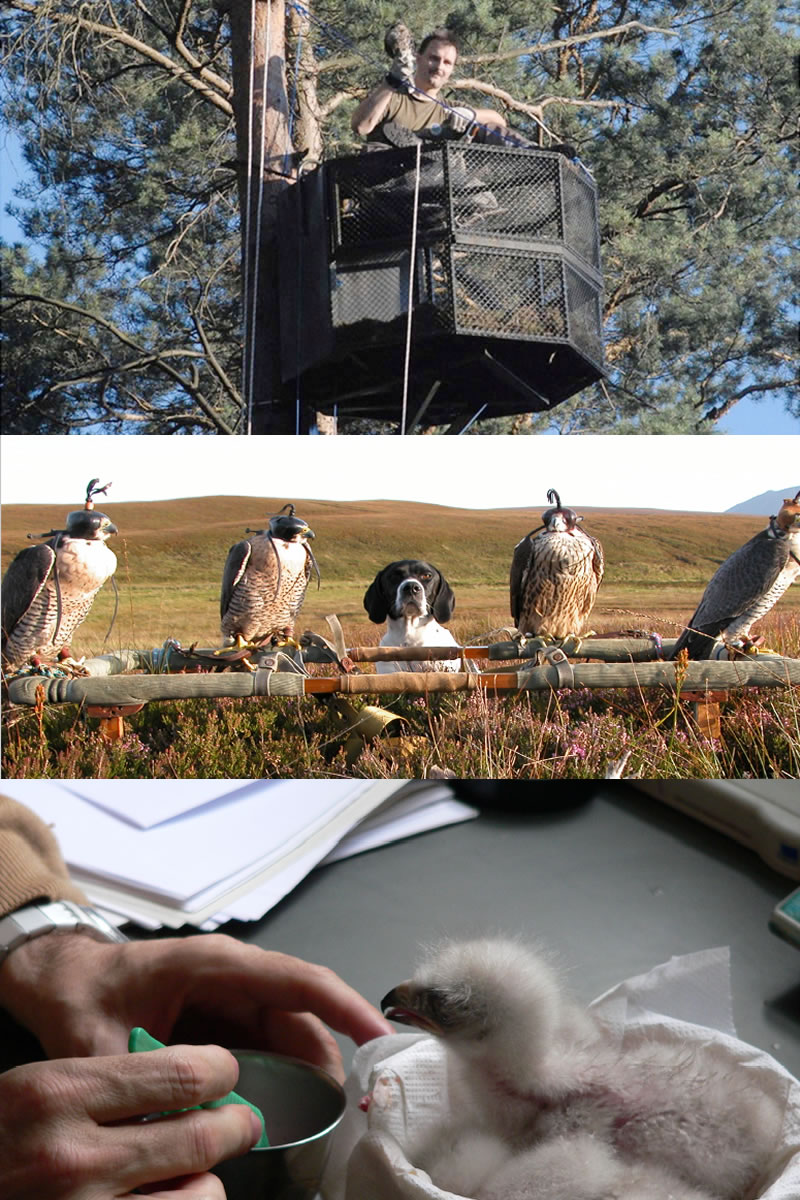
Falconry is an ancient relationship between humans and birds of prey that has been inscribed for safeguarding by UNESCO as an Intangible Cultural Heritage. Although operating across a huge diversity of cultures, falconry has a unifying requirement for an especially intimate relationship between humans, raptors, and the natural environment. Many falconry cultures remain traditional, while others are changing. Since its beginnings, thousands of years ago, falconers around the world have made significant contributions to our understanding of raptors and their conservation. This symposium aims to report on current research activities, and nurture the important future relationship between falconers and raptor research. Through a series of presentations given by falconers who are active in research and the International Association for Falconry and Conservation of Birds of Prey (IAF), we will: 1) report on the current state of falconry around the world, 2) describe on progress in a few of the many research and conservation projects that falconers are actively engaged within, and 3) explore and promote the future opportunities for engagement between falconry and raptor research.
5. Falconry's contribution to raptor research: current activities and future opportunities
Co-chairs:
Matthew Gace, m.gage@uea.ac.uk
Janusz Sielicki, j.peregrinus@gmail.com
Janusz Sielicki, j.peregrinus@gmail.com

Falconry is an ancient relationship between humans and birds of prey that has been inscribed for safeguarding by UNESCO as an Intangible Cultural Heritage. Although operating across a huge diversity of cultures, falconry has a unifying requirement for an especially intimate relationship between humans, raptors, and the natural environment. Many falconry cultures remain traditional, while others are changing. Since its beginnings, thousands of years ago, falconers around the world have made significant contributions to our understanding of raptors and their conservation. This symposium aims to report on current research activities, and nurture the important future relationship between falconers and raptor research. Through a series of presentations given by falconers who are active in research and the International Association for Falconry and Conservation of Birds of Prey (IAF), we will: 1) report on the current state of falconry around the world, 2) describe on progress in a few of the many research and conservation projects that falconers are actively engaged within, and 3) explore and promote the future opportunities for engagement between falconry and raptor research.
6. Raptor Health and Contaminants
Co-chairs:
Oliver Krone, krone@izw-berlin.de
John Elliot, john.elliott@canada.ca
Michael Jones, mpjones@utk.edu
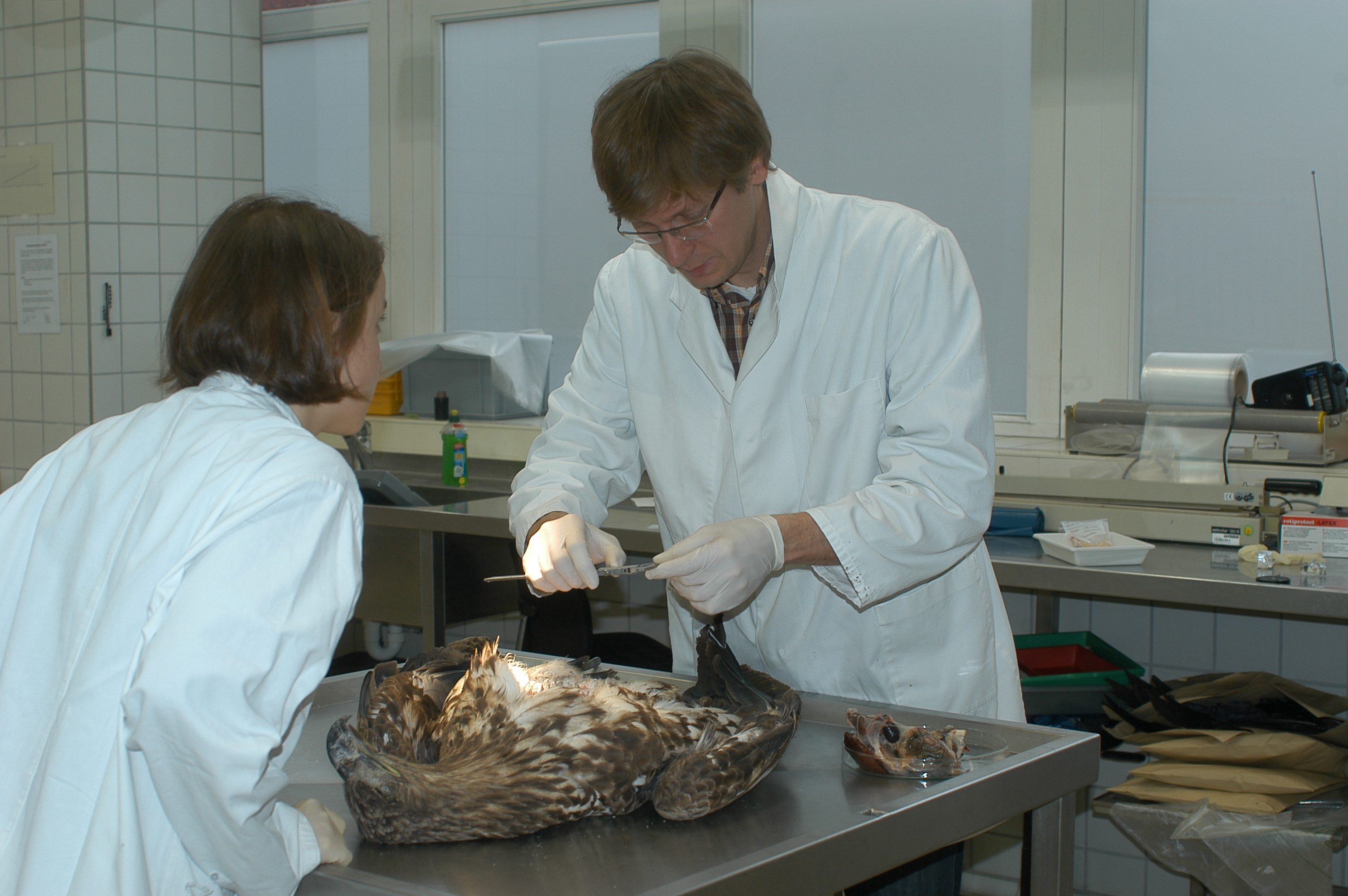
John Elliot, john.elliott@canada.ca
Michael Jones, mpjones@utk.edu
This session will present papers
on health and diseases including contaminants in birds of prey. The
identification of threat to raptors is often accomplished by necropsies
analysing the causes of death. Mortality factors range from trauma, to
diseases, intoxications, persecution, predation, adverse physical aspects.
Monitoring pollutants is also crucial for the detection of population limiting
effects as well as local poisoning hot-spots. Whereas wild birds of prey are
monitored on population level, birds used in falconary and raptors admitted to
rehabilitation center´s receive much attention with sophisticated diagnostic and
treatment tools.
